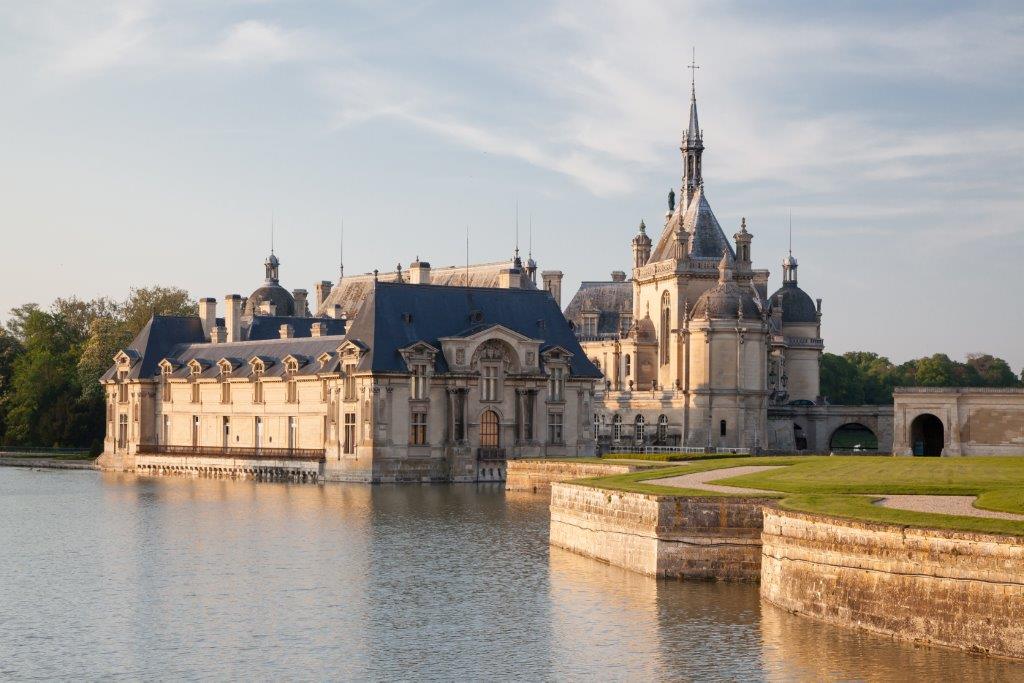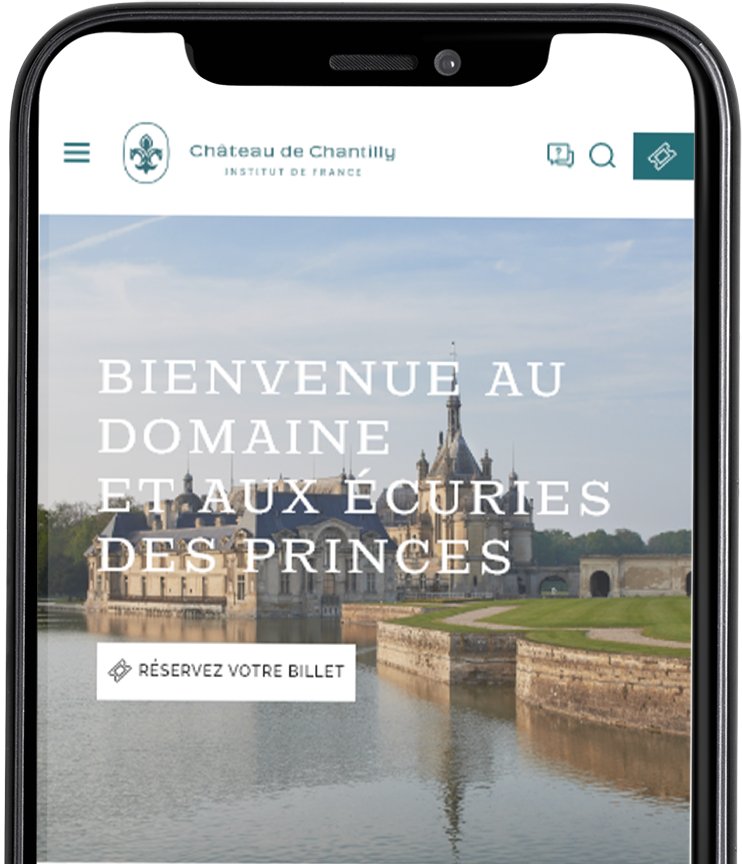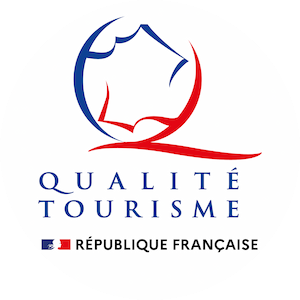The château de Chantilly is one of the jewels of France’s national heritage. It is also the work of a man with an extraordinary destiny: Henri d’Orléans, Duke of Aumale (1822-1897), fifth son of Queen Marie-Amélie and King Louis-Philippe, the last King of France. Thanks to the precautions taken by the Duke of Aumale in his will, more than a century later, Chantilly remains a showcase of preserved works where the charm of the 19th century continues to reign.
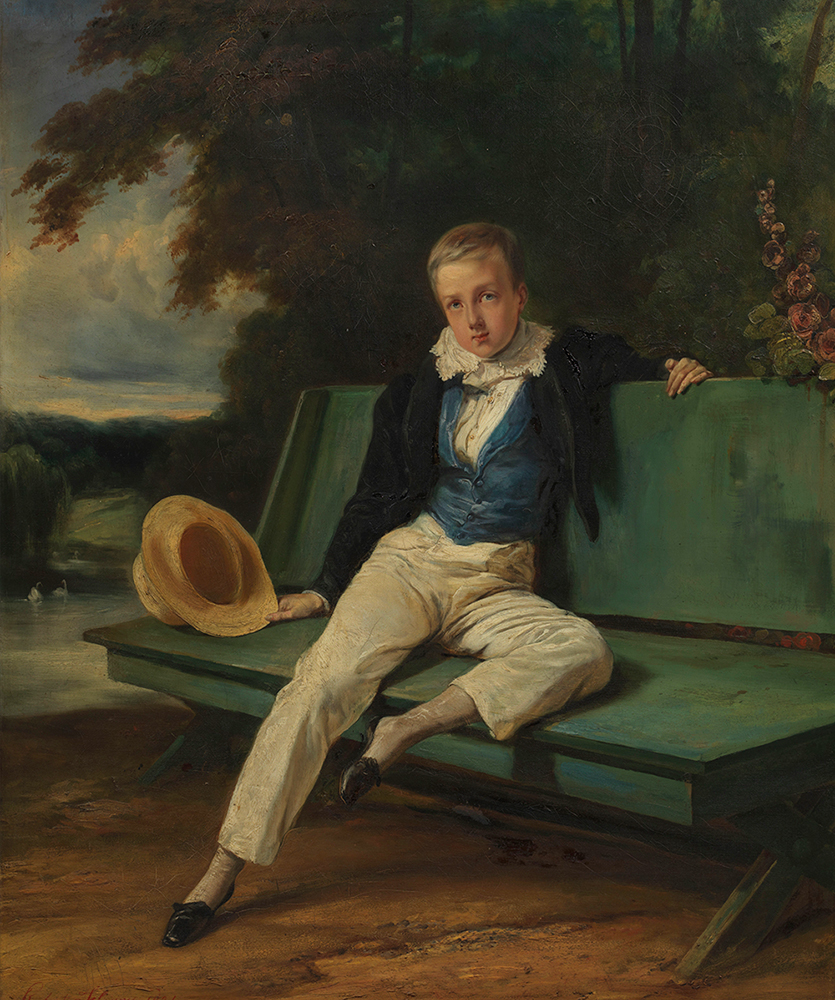
Henri d’Orléans, duke of Aumale
In 1830, aged eight, Henri d’Orléans, Duke of Aumale, inherited the domaine de Chantilly and the immense fortune of his godfather, Louis-Henri-Joseph de Bourbon (1756-1830), the last prince of Condé.
After literary studies at lycée Henri IV in Paris, when he was 18, the Duke of Aumale embraced a military career and travelled to Algeria to join his older brother Ferdinand, Duke of Orléans (1810-1842).
At the age of 21 he was a general, and distinguished himself during the capture of the Abd el-Kader encampment (16 May 1843). He became Governor General of Algeria at the age of 25 and always defined himself as a soldier.
The greatest collector of his time
CChantilly has the second largest collection of antique paintings in France, after the Louvre Museum, and one of the most important libraries in France after the National Library, in terms of rare editions and illuminated manuscripts.
Initiated in book collecting by his tutor Cuvillier-Fleury (1802-1887) – in 1848 Aumale described himself as “a bibliomaniac” -, it was in 1856 in Italy that the prince acquired one of the most beautiful manuscripts in the world, the Très Riches Heures du duc de Berry, painted by the Limbourg brothers around 1410 for King Charles V’s brother.
He dreamt of restoring the art collection of his ancestor Regent Philippe d’Orléans, which had been dispersed during the French Revolution by his grandfather, the regicide Philippe Egalité. He acquired three paintings by Raphaël, three by Fra Angelico, seven by Nicolas Poussin, four by Watteau, four by Greuze, three by Delacroix, five by Ingres…
As descendent of the Bourbons and a historian educated by Michelet, Aumale published a monumental history of the princes of Condé and collected historic portraits such as the 366 “crayons” by Jean and François Clouet, acquired in England and previously owned by Catherine de Medici (a unique fund of portraits drawn in the 16th century), and the quasi-totality of Carmontelle’s works, acquired in Scotland.
In 1854, he bought back Italian paintings (Carrache, Reni, Salvator Rosa) and antiques that had belonged to his uncle and father-in-law, the prince of Salerno, and collected Orientalist paintings (Decamps, Marilhat, Delacroix). With the collection of Frédéric Reiset, director of the national museums, Aumale acquired forty masterpieces in 1879 (Italian primitives, Poussin, Ingres…). He continued to acquire major works (the Ingeborg Psalter, which belonged to Philippe Auguste’s wife, the Hours of Etienne Chevalier by Jean Fouquet) until his death in Sicily in 1897.
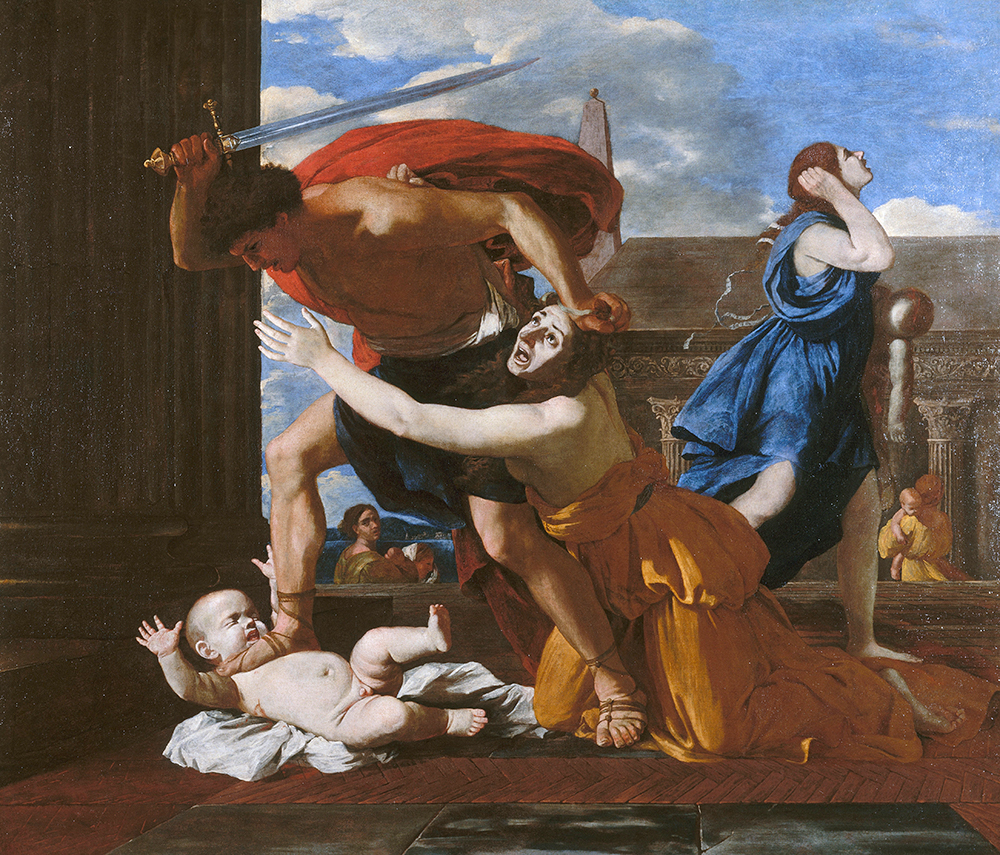
© RMN GP / The Massacre of the Innocents – Nicolas Poussin 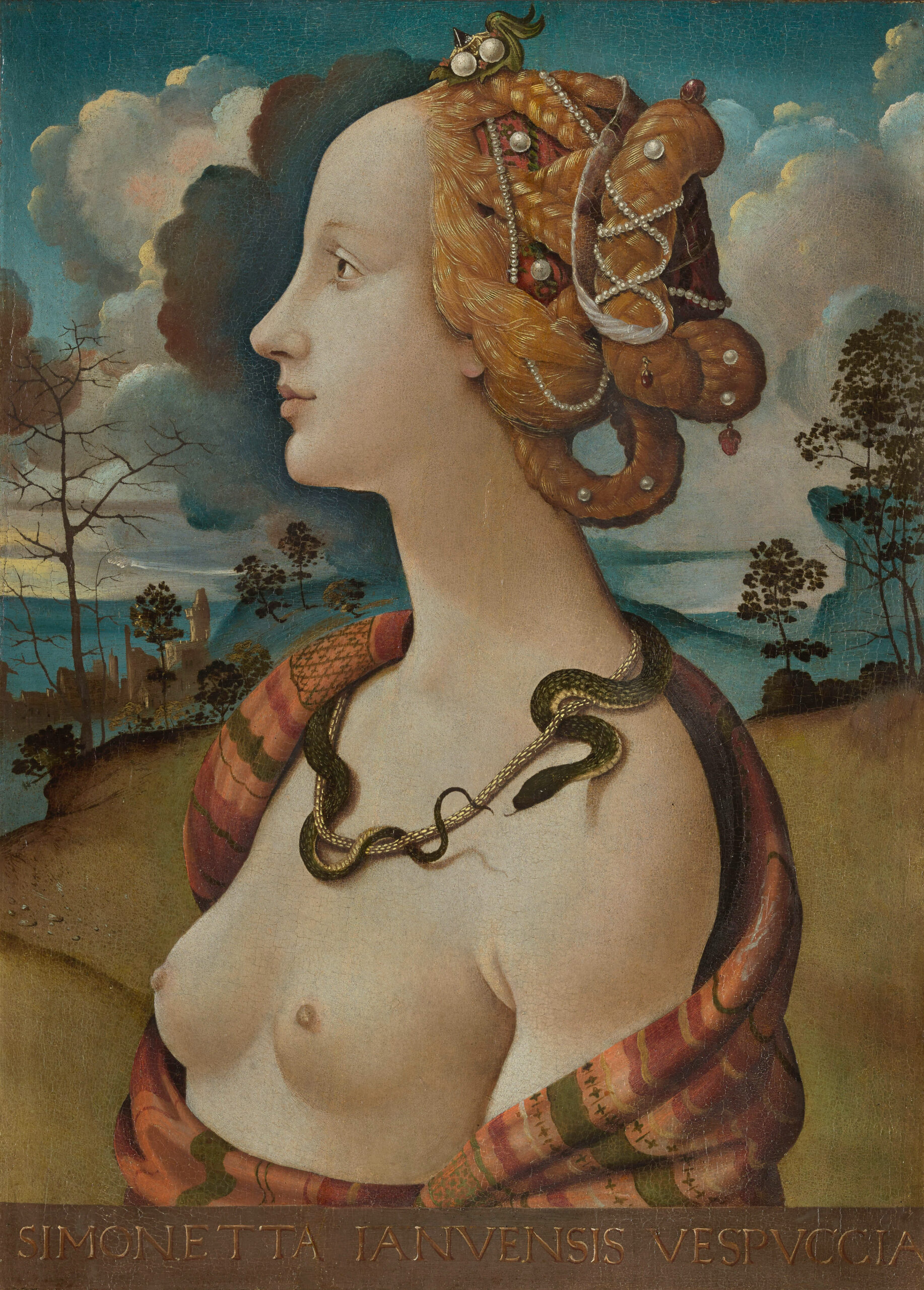
© RMN GP / Simonetta Vespucci – Piero di Cosimo 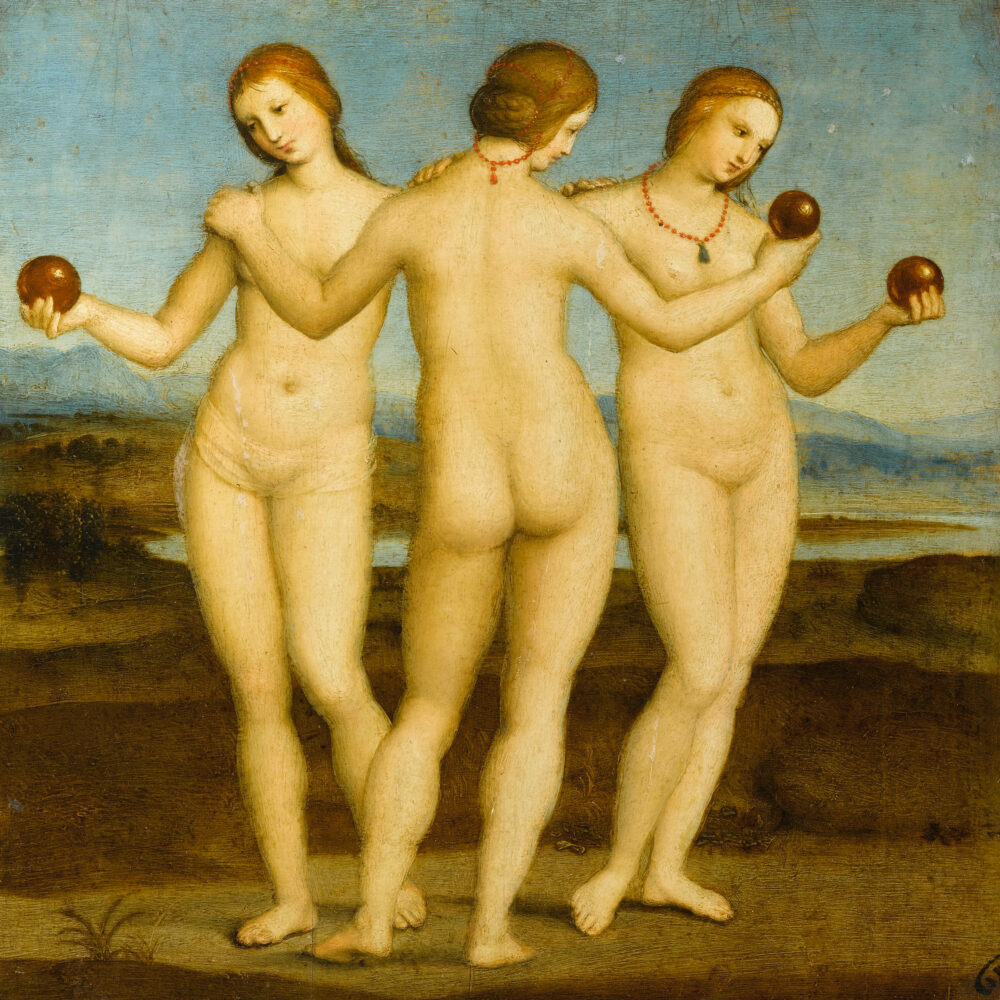
© RMN GP / The Three Graces – Raphaël
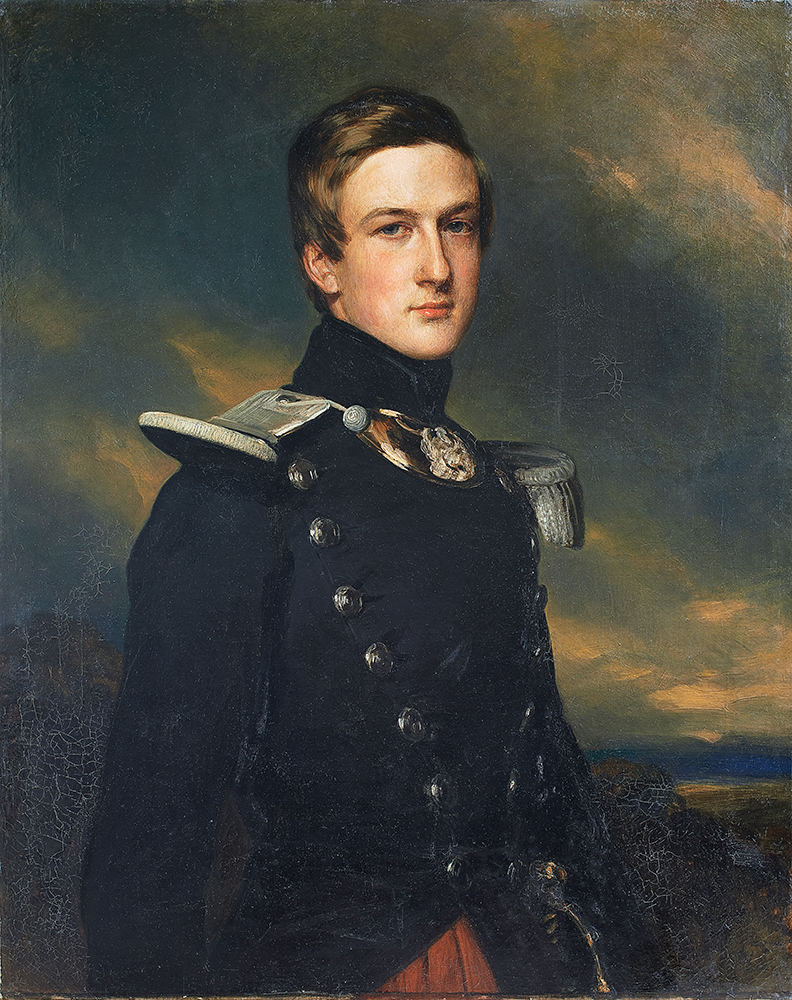
An extraordinary destiny
Personnalité multiple – homme de lettres, With a multi-facetted personality – a man of letters, historian, military leader, politician (chairperson of the Oise General Council, he held political responsibility and was considered as candidate for the presidency of the French Republic in 1873) -, the Duke of Aumale was above all an exceptional art collector…
Learn more with France Mémoire.
To mark the anniversary of the birth of the Duke of Aumale, the Condé Museum, which he founded, has put together a programme reflecting the life and work of this wonderful collector.

Read the press kit on the Bicentenary of the birth of the Duke of Aumale

